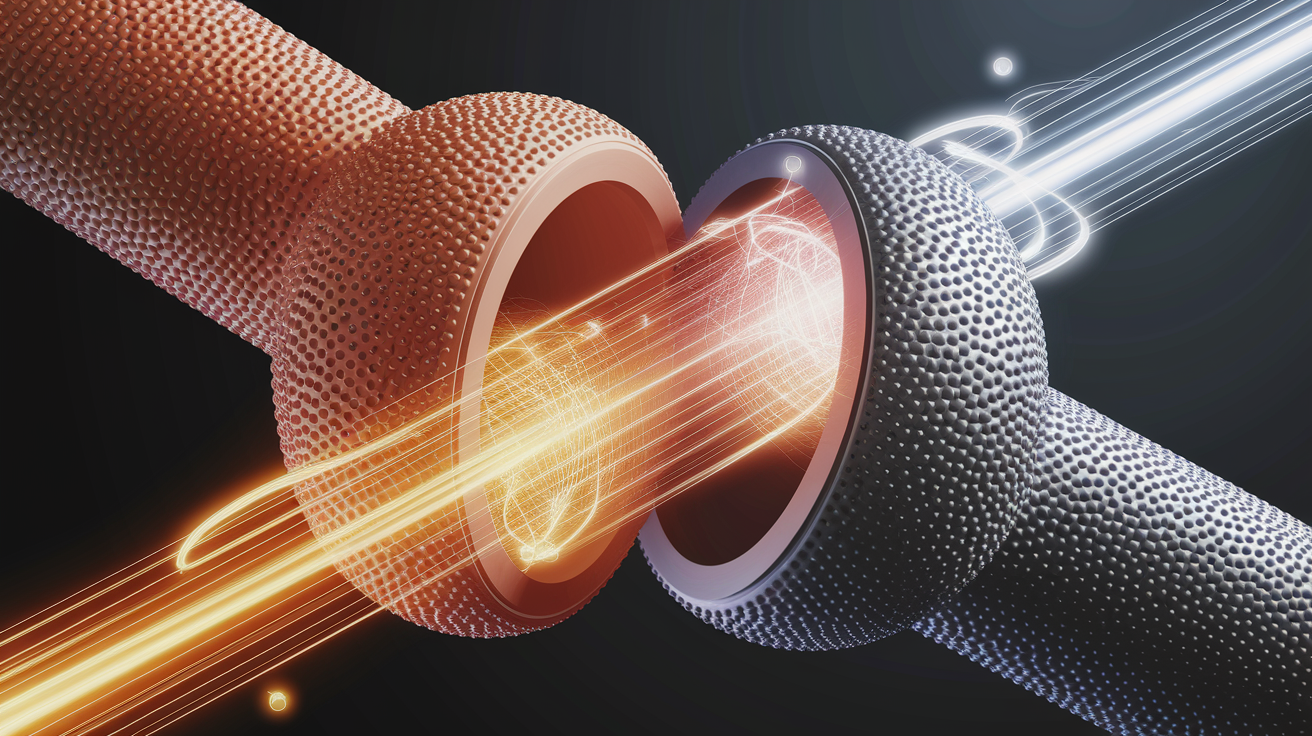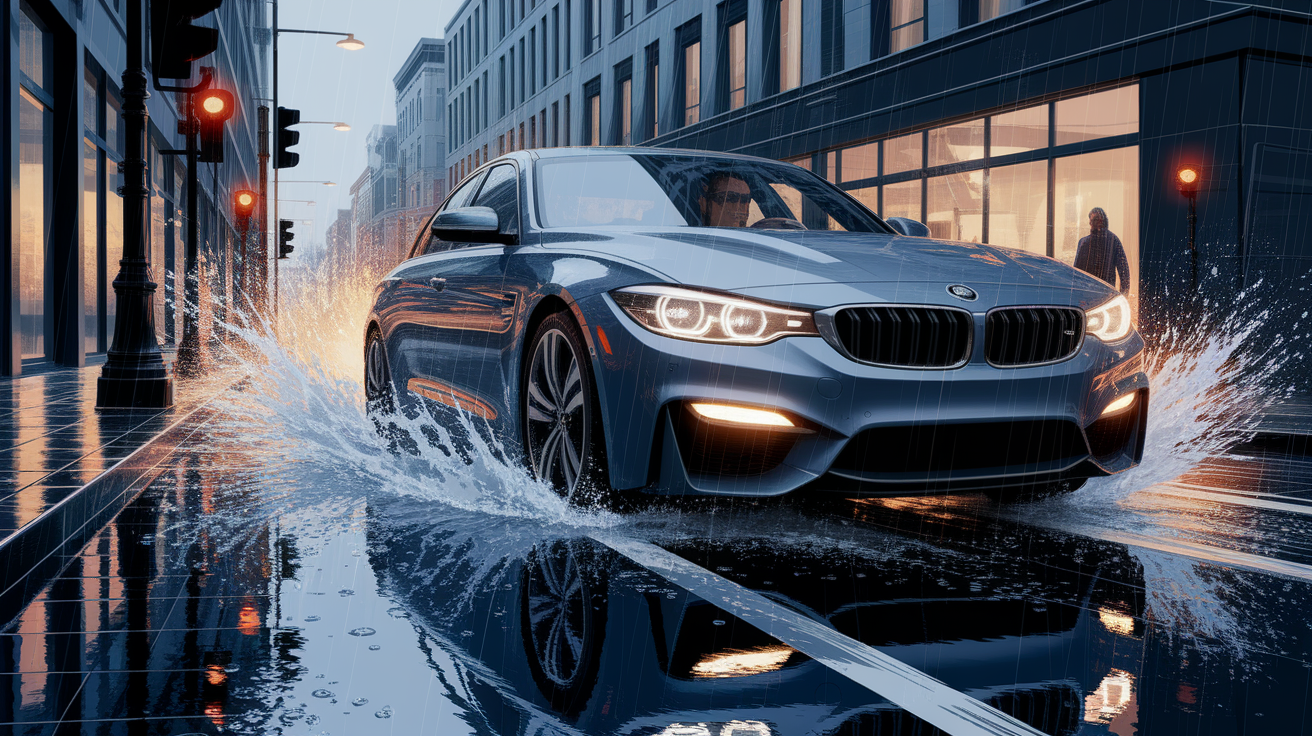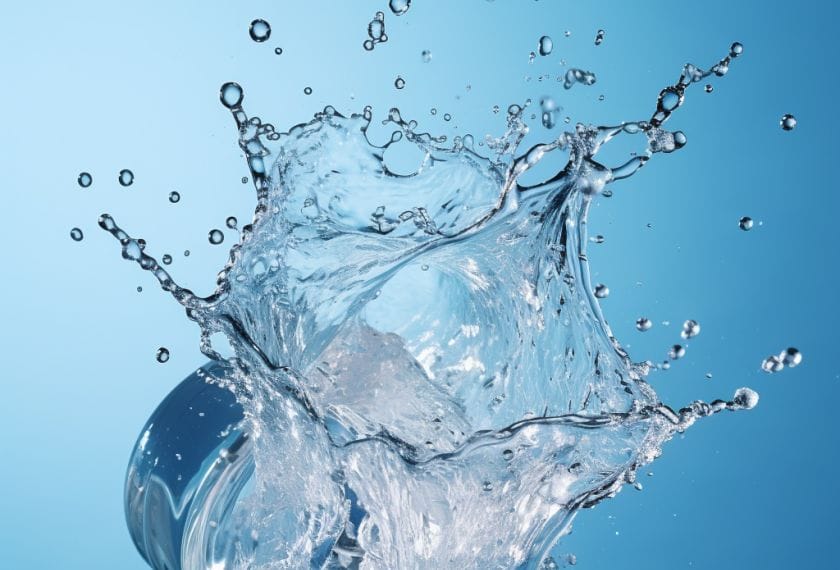Quick Answer: Ice skates glide so smoothly because the blade creates a microscopically thin layer of water on the ice surface. This slippery film is formed by heat from friction and pressure, acting like a natural lubricant between steel and ice. The result? A near-frictionless ride that makes skating feel effortless.
The Secret Behind the Glide
If you’ve ever wondered why gliding on ice skates feels so different from walking on a frosty sidewalk, it comes down to a tiny yet magical helper — a thin water film between the blade and the ice. This isn’t something you can really see, but it’s constantly forming and vanishing as you move. In ice skating physics, this barely-there layer is the key to smooth, graceful motion without your blade digging into the ice.

How Friction and Pressure Create a Lubricant
Two things work together to make that slippery surface under your skate:

- Frictional heat: As your blade slides, it rubs against the ice, generating a little heat. This happens even at freezing temperatures and melts a paper-thin layer right under the blade.
- Pressure melting: Your weight, concentrated along the narrow edge of the blade, increases pressure in that tiny contact area. High pressure slightly lowers the melting point of ice, helping it turn to water even faster (learn more here).
With both effects combined, the ice momentarily turns to water, creating a natural lubricant that reduces friction dramatically before refreezing again just behind you.
The Invisible Water Film
This water layer is incredibly thin — far less than the width of a human hair. Yet it’s enough to keep the skate blade from sticking to the ice. Scientists have shown (research source) that without it, skating would feel more like scraping over sandpaper than floating over glass.

Here’s why this barely-there layer matters:
- It acts like ball bearings, allowing smooth, flowing motion.
- It constantly renews as the blade moves forward.
- It exists in just the right amount — too much water and you’d slow down, too little and you’d drag.
When the Glide Changes
The feel of skating changes depending on temperature, speed, and ice condition. The thickness of the water film varies, creating different “friction regimes.”

- Colder ice (very low temperatures): The film is thinner, so you’ll notice more drag, but still much less than walking on dry surfaces.
- Faster speeds: More frictional heat builds up, thickening the film and making gliding easier.
- Warmer or softer ice: The water layer can become thicker, sometimes making the surface feel “slushy” and less crisp for fine maneuvers (source).
Steering on Slippery Surfaces
Because friction is so low, steering and stopping on skates require skill and clever equipment design. Blade geometry plays a big role:

- Figure skating blades have a toe pick — those jagged points at the front — to dig in for jumps or sudden stops.
- Hockey skates are shorter and more curved to allow quick turns and bursts of acceleration.
- Tiny changes in blade angle and pressure give skaters control, letting them carve into the ice when they need to (read more).
From Theory to Ice Rink Thrills
It’s one thing to read about thin water films and pressure melting, but quite another to see it in action. High-speed videos and experiments let us watch the blade-ice interaction in real time. If you want to see the science unfold visually, check out this fascinating video explaining how friction and heat make skating possible.
Next time you watch someone glide across a skating rink, you’ll know the invisible teamwork between physics, pressure, and a nanoscopic layer of water is making it look effortless.













